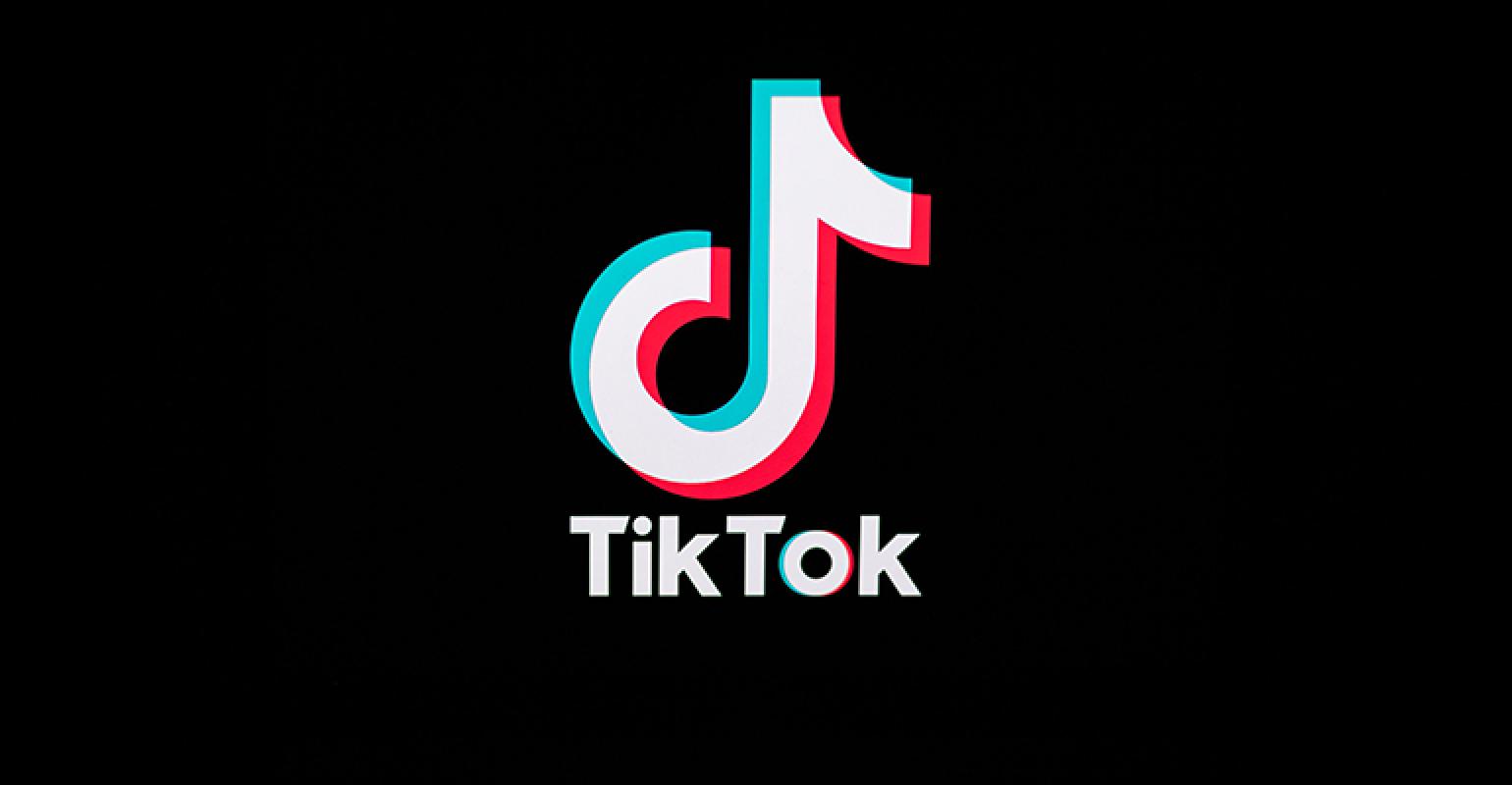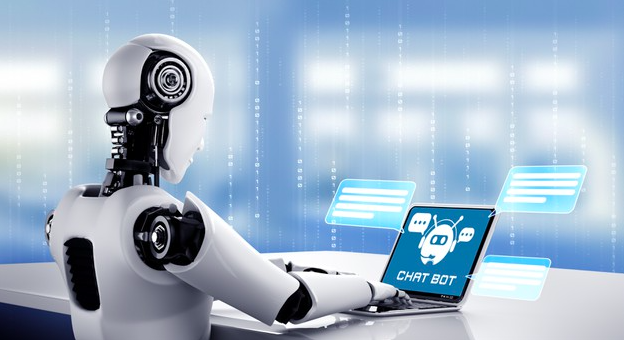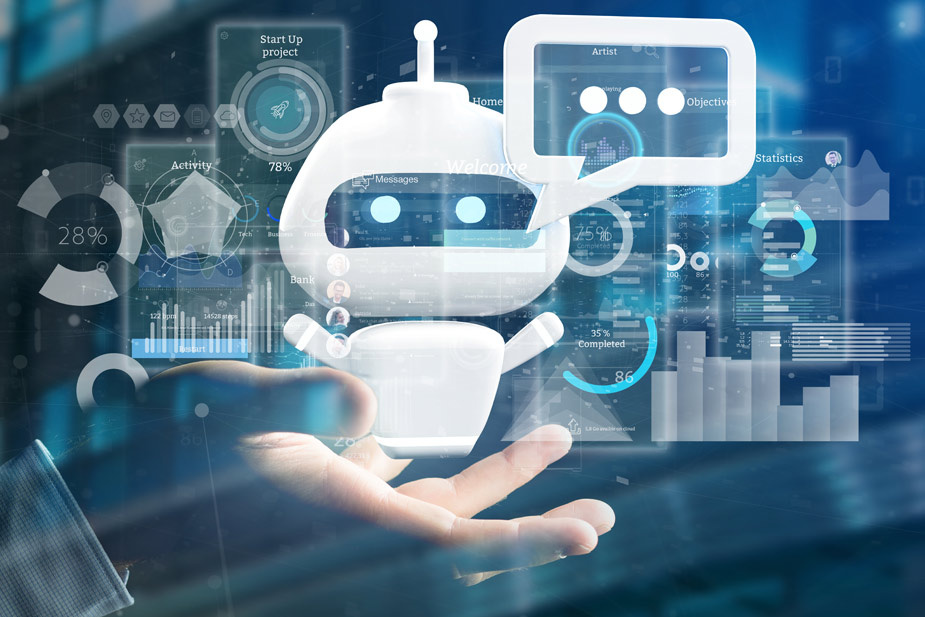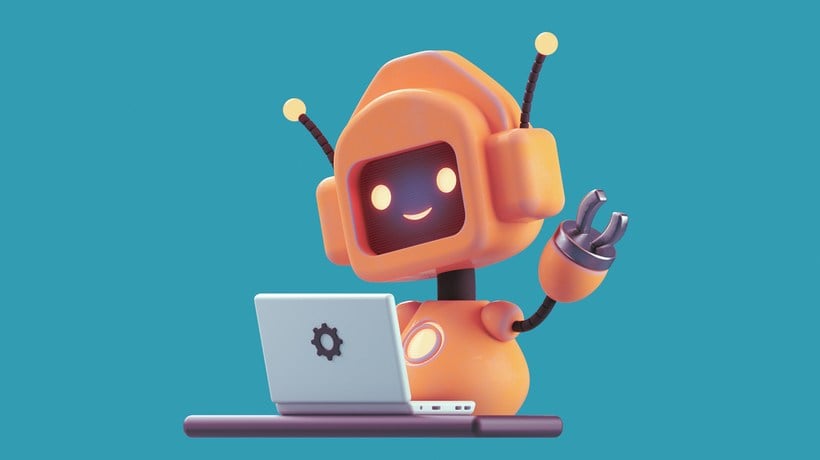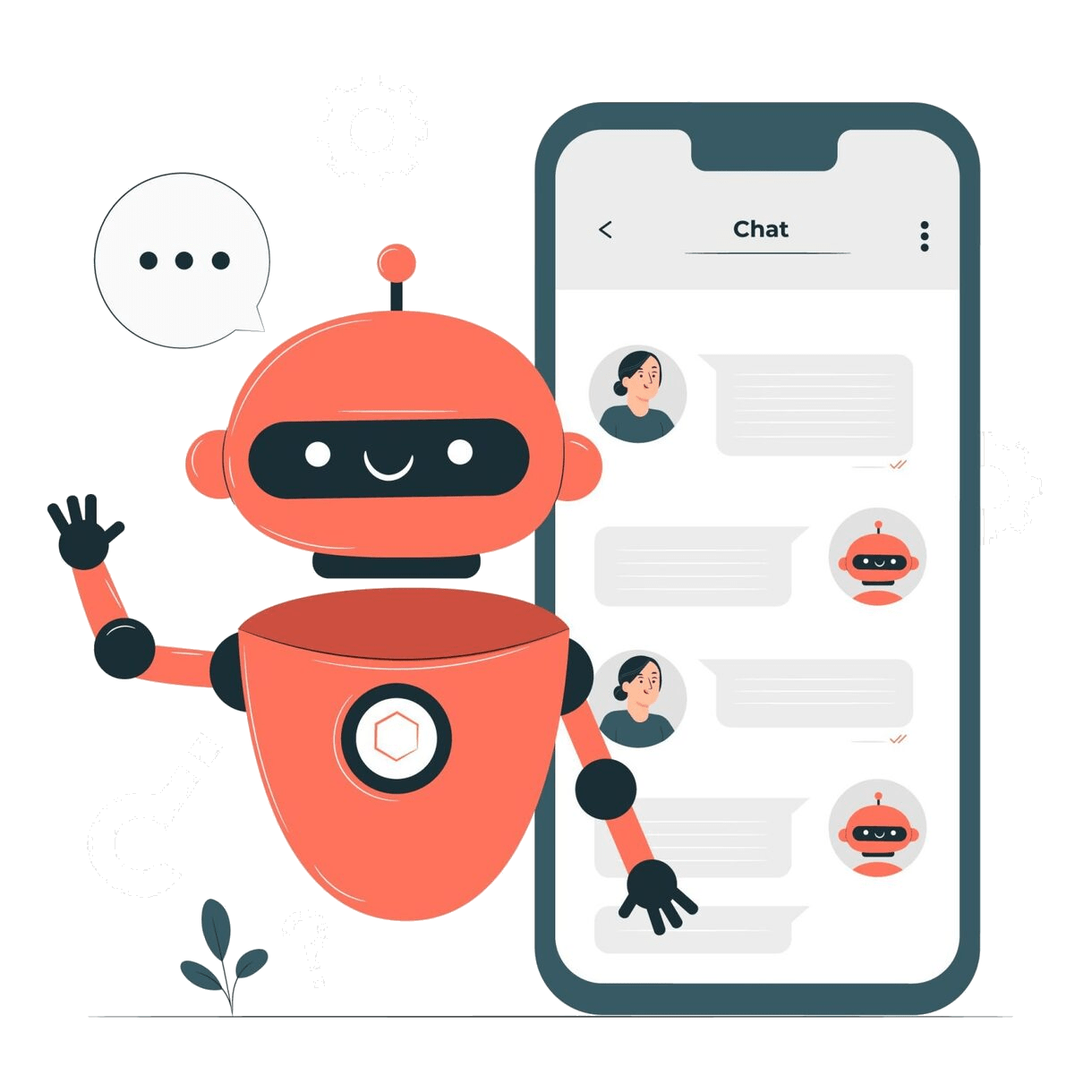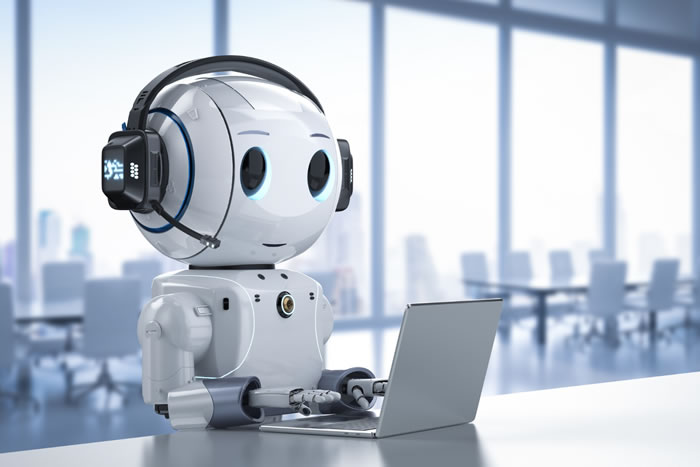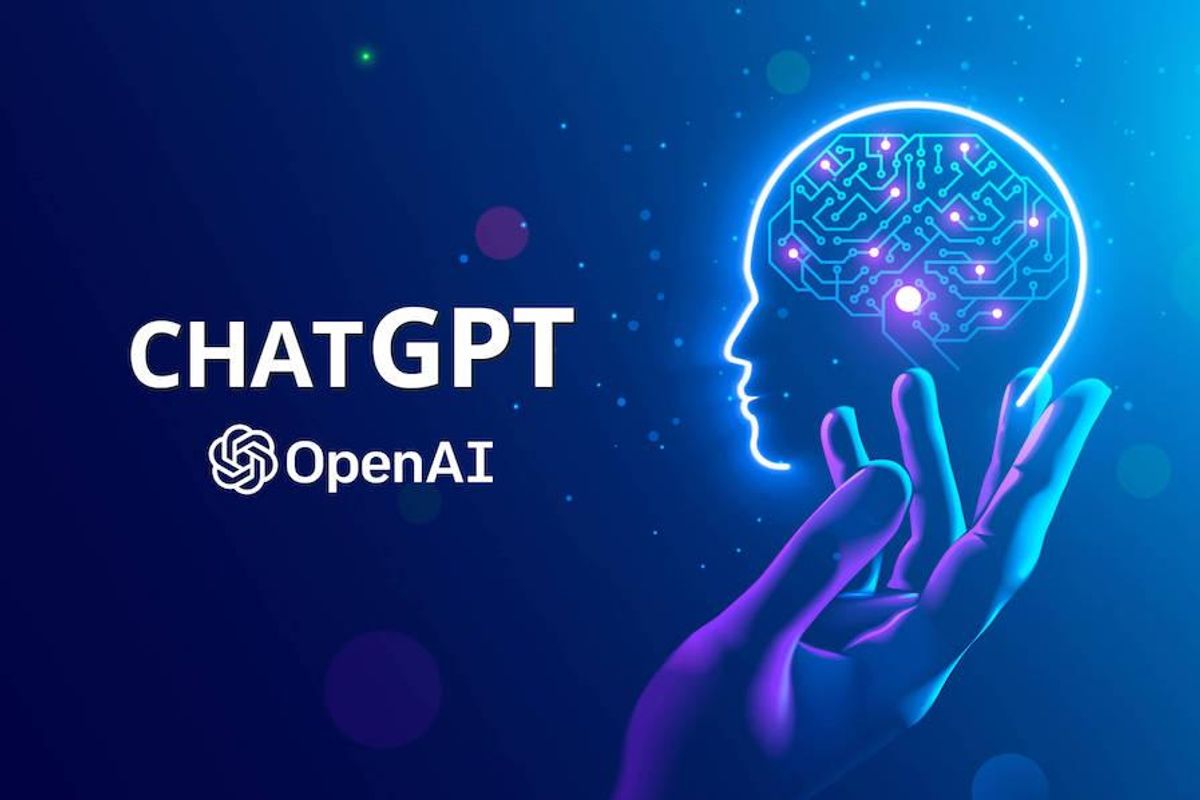The truth is, working for yourself is wonderful.
— Justin Welsh (@thejustinwelsh) April 24, 2023
It's also unbelievably challenging and complex.
But mid-day, 7-mile hikes followed by burgers and beer with my favorite person make it all worth it.
Hope to see you all building cool shit this year. pic.twitter.com/23Vv2tsKIR
Questions For Solo Justin (Netizen Asks)
— Paramendra Kumar Bhagat (@paramendra) April 26, 2023
(1) You are a solo entrepreneur. No assistants? Not even virtual assistants? Have machines so displaced people?
— Paramendra Kumar Bhagat (@paramendra) April 26, 2023
(2) You did pretty well before this solo track. What did you do? How well did you do?
— Paramendra Kumar Bhagat (@paramendra) April 26, 2023
(3) Did you get tired of the big money?
— Paramendra Kumar Bhagat (@paramendra) April 26, 2023
(4) You basically sell one course. For 200 dollars. Is that it? What are you hiding?
— Paramendra Kumar Bhagat (@paramendra) April 26, 2023
(5) Why 200? Why not the more clever $199? What's up with that price point?
— Paramendra Kumar Bhagat (@paramendra) April 26, 2023
(6) What does time freedom mean to you?
— Paramendra Kumar Bhagat (@paramendra) April 26, 2023
(7) List the top 10 digital tools you personally use in order of how important each is to you.
— Paramendra Kumar Bhagat (@paramendra) April 26, 2023
(8) Do you pay for all of them?
— Paramendra Kumar Bhagat (@paramendra) April 26, 2023
(9) So tough luck for those who can't afford to pay?
— Paramendra Kumar Bhagat (@paramendra) April 26, 2023
(10) Why pay? Whatever happened to the ad model of doing things?
— Paramendra Kumar Bhagat (@paramendra) April 26, 2023
(11) Did you take a pay cut because you already had plenty of money?
— Paramendra Kumar Bhagat (@paramendra) April 26, 2023
(12) At what point do you have too many fans?
— Paramendra Kumar Bhagat (@paramendra) April 26, 2023
(13) You are laser-focused on Twitter. Why one? Why Twitter? They say Twitter is elitist.
— Paramendra Kumar Bhagat (@paramendra) April 26, 2023
(14) Are not all eggs in one basket? What if they change the algorithms? There's no telling what Musk might do.
— Paramendra Kumar Bhagat (@paramendra) April 26, 2023
(15) Why is your course on Kajabi?
— Paramendra Kumar Bhagat (@paramendra) April 26, 2023
(16) Was your course an instant hit?
— Paramendra Kumar Bhagat (@paramendra) April 26, 2023
(17) Are there future courses you are cooking?
— Paramendra Kumar Bhagat (@paramendra) April 26, 2023
(18) Any honorary doctorate yet? Do you want it?
— Paramendra Kumar Bhagat (@paramendra) April 26, 2023
(19) Where do you actually live? People think you live on Twitter.
— Paramendra Kumar Bhagat (@paramendra) April 26, 2023
(20) Have you always been a good teacher?
— Paramendra Kumar Bhagat (@paramendra) April 26, 2023
(21) Could you teach the same course in a live classroom?
— Paramendra Kumar Bhagat (@paramendra) April 26, 2023
(22) Do you think teachers in general get enough respect?
— Paramendra Kumar Bhagat (@paramendra) April 26, 2023
(23) What are your revenue goals for 2023? 2024?
— Paramendra Kumar Bhagat (@paramendra) April 26, 2023
(24) Top tips for course creation.
— Paramendra Kumar Bhagat (@paramendra) April 26, 2023
(25) Is Kajabi for knowledge commerce or k-commerce what Amazon was for e-commerce, say, in 1998?
— Paramendra Kumar Bhagat (@paramendra) April 26, 2023
(26) What makes Kajabi different from other similar sites?
— Paramendra Kumar Bhagat (@paramendra) April 26, 2023
(27) Are solo entrepreneurs lonely people?
— Paramendra Kumar Bhagat (@paramendra) April 26, 2023
(28) Which year does the word solopreneur enter the Oxford dictionary? Selfie made it.
— Paramendra Kumar Bhagat (@paramendra) April 26, 2023
(29) Who is Justin the person? How might friends and family describe him?
— Paramendra Kumar Bhagat (@paramendra) April 26, 2023
(30) What does a day off look like for Justin?
— Paramendra Kumar Bhagat (@paramendra) April 26, 2023
(31) Justin Welsh. Are you Welsh?
— Paramendra Kumar Bhagat (@paramendra) April 26, 2023
(32) What are top causes you believe in?
— Paramendra Kumar Bhagat (@paramendra) April 26, 2023
(33) Do you donate?
— Paramendra Kumar Bhagat (@paramendra) April 26, 2023
Request: My tech blog Netizen is looking for ads. The ad at the blog is $300 per month or $1499 for six months. It is my humble request to you that you please place an ad for six months. PayPal to paramendra at yahoo
— Paramendra Kumar Bhagat (@paramendra) April 26, 2023
Alternatively, it is only $2499 for a year. Deep discount. https://t.co/zu7UkaTdVa Or Zelle. paramendra at gmail
— Paramendra Kumar Bhagat (@paramendra) April 26, 2023
The Circle of Competence is a simple & powerful mental model for staying focused and unlocking growth in your business.
— Justin Welsh (@thejustinwelsh) April 26, 2023
A short thread on how it works: pic.twitter.com/hupPqByAvQ
Using Twitter, you can go from $0 online to $100k in one year.
— Justin Welsh (@thejustinwelsh) April 25, 2023
- No career path
- No daily meetings
- No "can I have a raise?"
- No performance reviews
- No, "we don't have the budget"
Just heads down for 12 months.
A predictable system.
And uncapped earning potential.
How to keep your business small (and win big).
— Justin Welsh (@thejustinwelsh) April 25, 2023
The 2-Pizza Rule from Jeff Bezos: pic.twitter.com/kPsu24KG7i
I got the chance to sit down with a $1.7M/year solopreneur 🤯
— Pat Walls (@thepatwalls) April 25, 2023
- $2.5M proj revenue in 2023
- Has 0 employees
- Runs the biz on $620/mo
I asked him EVERYTHING about his business, & he didn't hold anything back.
What he's built is amazing. So inspired
(link to full vid below) pic.twitter.com/nu6X9Gcmro
Thank you @thejustinwelsh for letting me into your business, and being so transparent about everything.
— Pat Walls (@thepatwalls) April 25, 2023
Even though we had to film in below freezing temps 😂https://t.co/bytskXgycl
Questions For Solo Justin (Netizen Asks) https://t.co/nE50oswkbu
— Paramendra Kumar Bhagat (@paramendra) April 26, 2023




